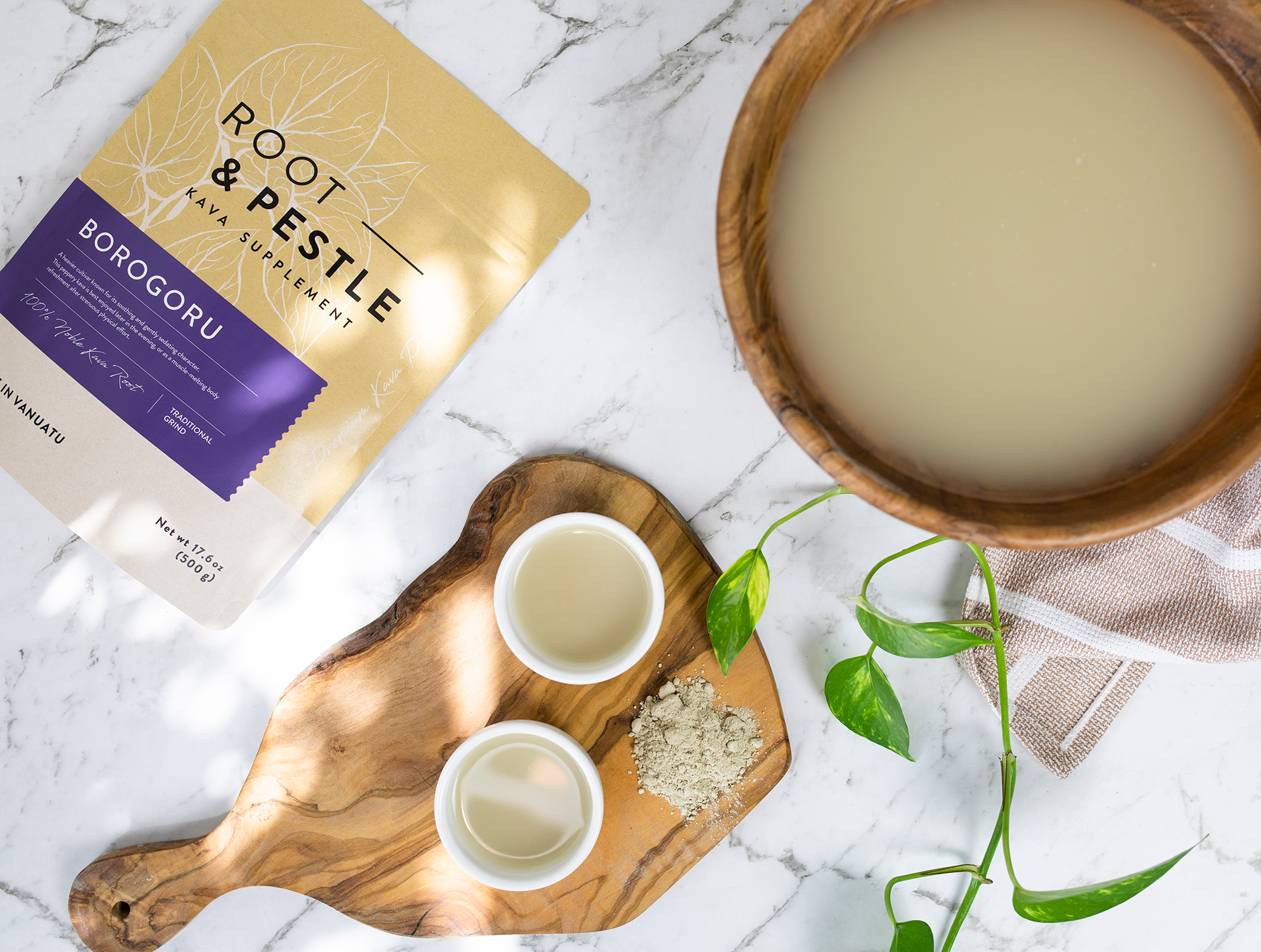
Graphic design is the skill of designing and creating visual content to share messages with an audience. You are exposed to graphic design on a daily basis whether it be on a product, your mobile, posters, interiors, packaging and more. Different principles and elements are integrated into graphic design to strategically evoke a desired emotion and perception in its audience. Enlisting a graphic design agency such as Juno Creative will add immense value to your business and is a necessary requirement for any successful company.
We specialise in utalising our visual communication knowledge to create designs that transform concepts and ideas into something visually understood by all. Application of graphic design elements and principles allows us to position your brand within the market and become known by all. To deliver these messages we utalise elements and principles such as space, shape, colour, line, texture, scale, typography, hierarchy and balance.
Types of graphic design
- Advertising and marketing
- Graphic design of visual identity
- Publication
- Web design
- Illustration
- packaging/product
- Environmental
- Motion
- Physical
Fundamentals
Space
White or negative space is crucial in graph design to increase readability, create hierarchy and allow elements to breath.
Shape
A combination of lines create shapes such as triangles, rectangles, squares, circles and abstract shapes which are used in graphic design. While a practical sense of shapes exist, ie to separate content, there are also symbolic meanings behind shapes. For example, a circle is typical used to symoblise unity, while a rectangle symbolises structure and boundaries.
Colour
Colour is a vital element used in graphic design. Careful selection of a colour palette is vital to communicate the intended message to viewers whereby each colour and colour hue evokes a differing emotion in audiences. Similarly, colour theory shifts for different cultures, therefore, a strong understanding of the target audience is required when selecting the colours.
Lines
Lines feature across many graphic designs in many forms from thick to thin, dashed to whole or straight or curved. Lines assist in directing the viewers attention in a particular direction, divide space or add emphasis to important content.
Texture
Texture is used in graphic design to create interest or a three dimensional appearance. They can assist in elevating a design and making it appear of higher value.
Scales
Scale is beneficial in graphic design to create hierarchy, thus add emphasis on important areas you wish the guide your audience towards. They are used to create a focal point for viewers and represent important areas.
Typography
Typography is a way to use text as a visual to convey a brand message. Not only is this graphic design element important to build personality or convey a message but also to grab the viewers attention, build hierarchy, brand recognition, harmony and establish value and tone of the brand.
Hierarchy
Visual hierarchy is important in graphic design because it defines the importance and sequence of elements with a composition. It influences the order in which your audience views your content which can significantly impact comprehension, impact and value.
Balance
Balance assists in offsetting how the graphical weight of components balance with each other on all sides of a design to create satisfaction, completion, and cohesion. Any graphic design composition should balance diagonally, horizontally, vertically or foreground versus background to achieve visual balance.
